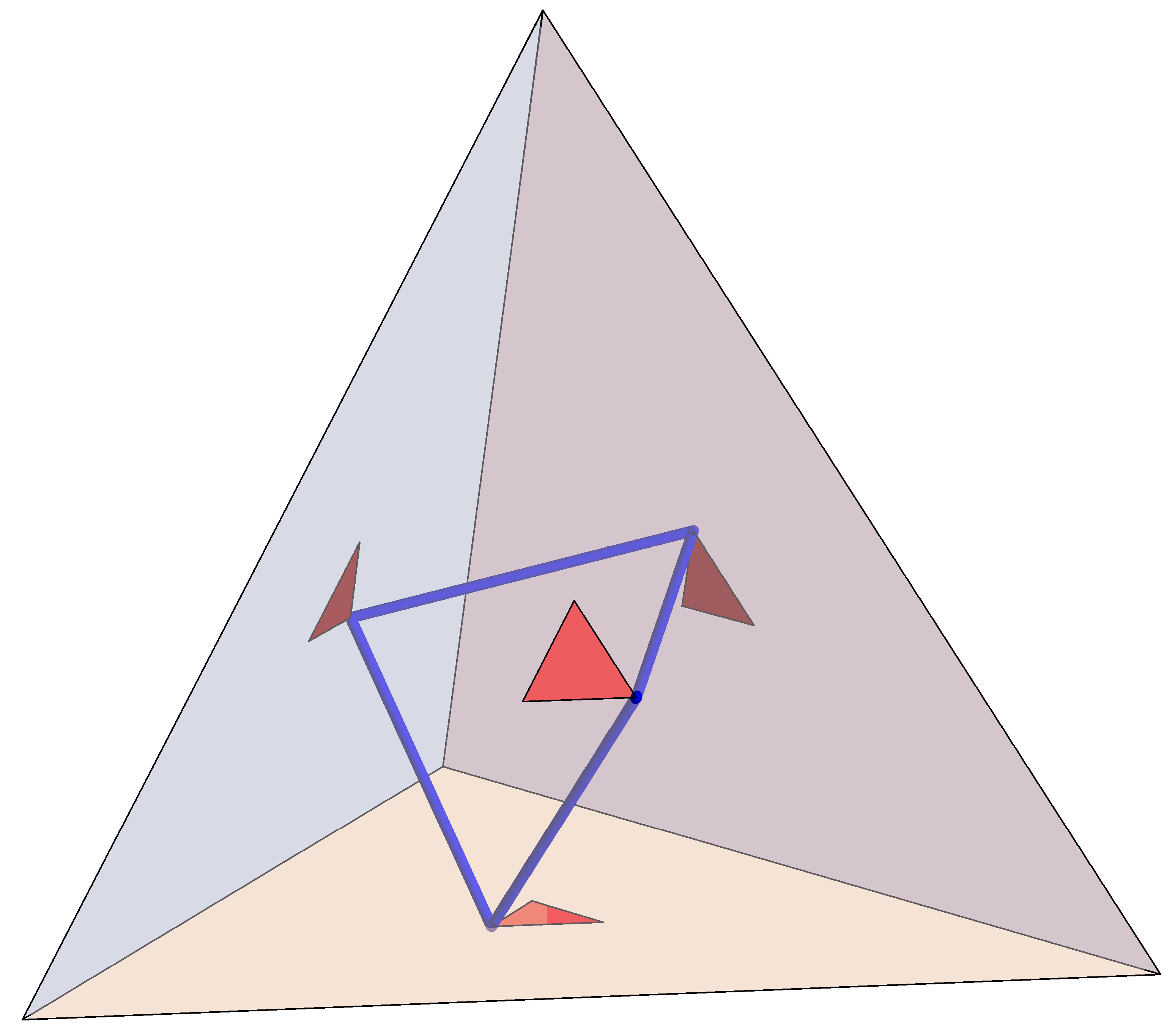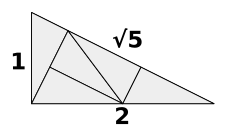The moving sofa problem and the Conway car
Conway worked on the moving sofa problem (find the shape of the largest sofa that can turn a right-angle corner in a corridor).
In Another Fine Math You've Got Me Into, Stewart writes:
« You’re in trouble,” said Wormstein. “You’ve landed yourself with an old chestnut and it’s a tough nut to crack. Nobody even knows where the question came from. Certainly John Horton Conway asked it in the ‘60s, but it’s probably a lot older. At that time the object being moved was a piano, but in view of the obvious piano-sofa isomorphism I think we can conclude that the optimal piano must have the same shape as the optimal sofa. The first published reference that I know is by Leo Moser in 1966. The shape you found [Figure 116] was published soon after by J. M. Hammersley, as part of a tirade against ‘Modern Mathematics,’ and he conjectured that it is optimal. But at a meeting on convexity theory in Copenhagen (some say Ann Arbor) a group of seven mathematicians, including Conway, G. C. Shephard, and possibly Moser, did some informal work on the problem. In fact they worked on seven different variations—one each!” Two are shown in Figure 117; you might like to think about them for yourselves. “And they quickly proved that Hammersley’s answer is not optimal, much as you did.”
In his proposed optimal solution (Geometriae Dedicata volume 42, pages 267–283 (1992)), Gerver cites his private correspondence with Conway.
The variation alluded to by Stewart and considered by Conway is the following: what is the optimal shape of a car that can turn around at a T-junction. The exact solution is, I think, unknown, but the solution is named the Conway car. See Stewart (loc. cit.) and Gibbs : A Computational Study of Sofas and Cars.
(I learned all this from my daughter's project on the topic.)










